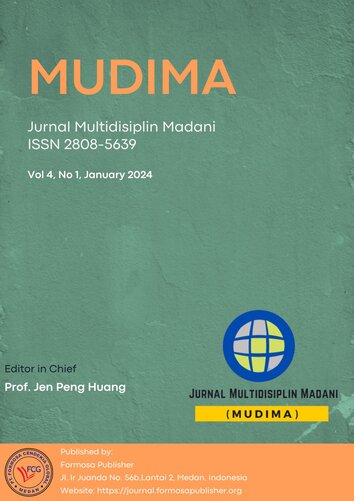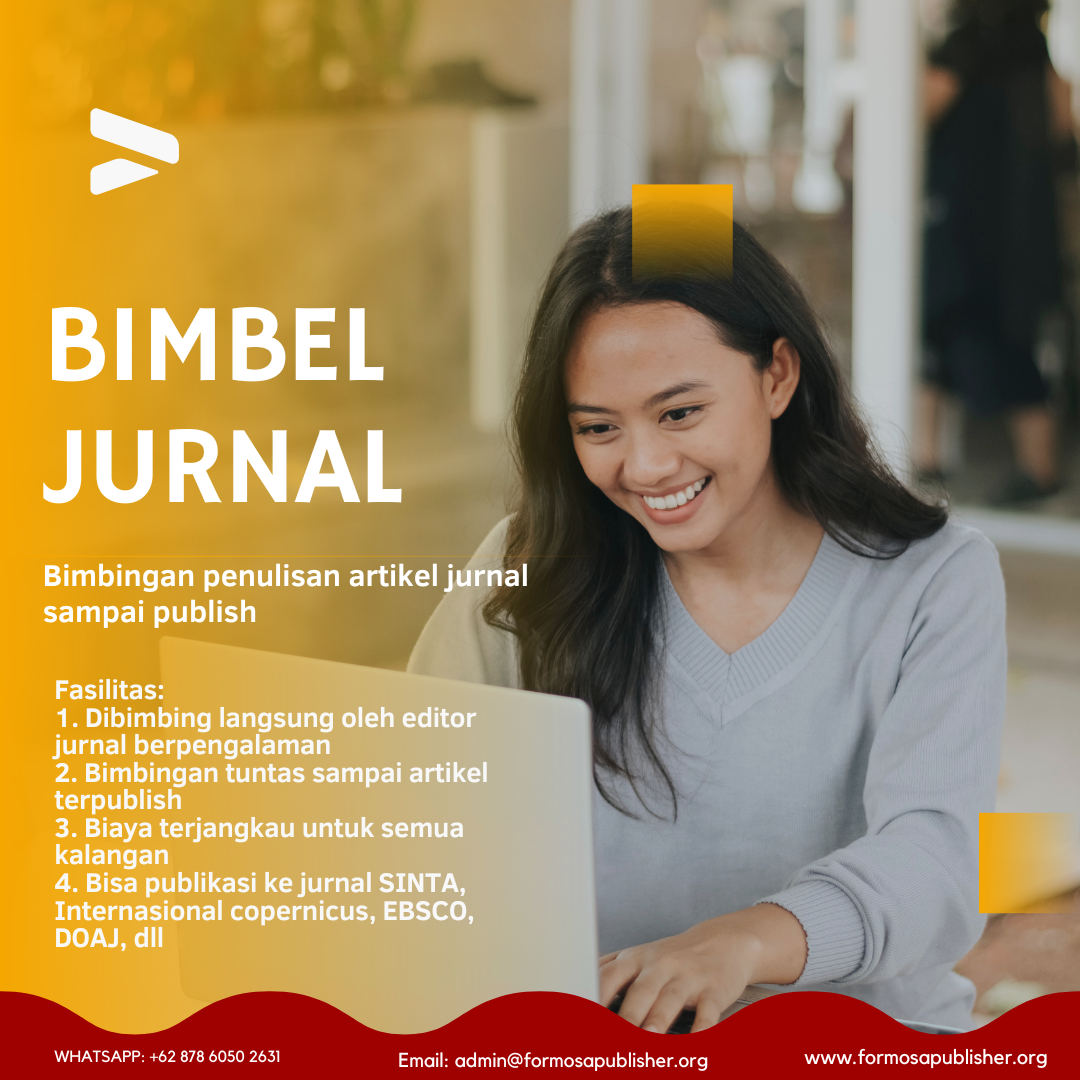Interactivity on Participatory Artworks. A Case Study of Long Life Laboratory
DOI:
https://doi.org/10.55927/mudima.v4i1.7543Keywords:
Participatory Art, Interactivity, Relational AestheticsAbstract
Contemporary art is a signifier for the occurance of the melting back aspect of melting back aspects of the arts with other non art disciplinesn in the art world as well as the creative industry. The collapse of hierarchies between high art and low art is the discourse in the West also influenced the development of art in Indonesia. This allows also many works popping up to a hybrid combination between pure art and design as applied art. Nowadays people believe the participatory art can be developed as the styled identity of Indonesia contemporary arts because of the collective spirit of commonly called ‘paguyuban’ it ussualy bring. There is a place called Jatiwangi Art Factory who developed an art movements by running a kind of community based methods to build their village out of economical bankruptcy. A similar approach was elaborated by a couple of Jakarta urban artist namely Irwan Ahmett and Tita Salina. They often work with the society in daily basis to criticize the Jakarta social problems. Departing from the above observation, this paper made to dissect the authos’s works entitled “Long Life Laboratory” which had been exhibited at the Bazaar Art Jakarta 2016 in Pacific Place Mall by measuring the level of interactivity on this kind work of participatory art. A Qualitative method is used also to read this visual form associated with the theory of relational aesthetic, a thinking of a French art critic Nicolas Bourriard
References
Arshavskiy, M. (2013). Instructional Design for ELearning: Essential Guide to Creating Successful ELearning Courses. CreateSpace Independent Publishing Platform
Bishop, Claire. (2004). Antagonism and Relational Aesthetics, October Magazine.Ltd and Massachusetts Institute of Technology.
Bishop, Claire. (2012). ARTIFICIAL HELLS: Participatory Art and the Politics of Spectatorship. London: Verso.
Boal, Augusto. (1979). Theatre Of The Opressed. London: Pluto Press.
Ipit. S. Dimyati. (2004). Jeprut: Perlawanan Terhadap Hegemoni Kekuasaan, Antropologi Indonesia 75.
Isnanta, Satriana Didiek. (2006). Kajian Metamorfosis Performance Art Serta Aspek Sosialnya, Nirmana, vol.8, no. 2, pp: 65-72
Jeon, Jeong-Ok., Huang, Evelyn., Nin Djani. (2022). Integrated Arts and Culture Education Model for Public Schools in Indonesia: The Case Study of “Made in Cirebon” as a Coorporation Project with Artist Community, Jurnal Visual Art and Design ITB.
Kaseem, Ayman. (2017). Metaphor of A Performative Oriented Architecture :
Exhibitions, installations, intervensions, Politecnico Di Milano.
Kaseem, Ayman. (2019). A Performative understanding of spatial design, learning from exhibitions, SHSconf.
Kumoratih, Dewi. (2022). Reconstructing Identity through Spice Route Narrative: An Urgency for Nation Branding? Jurnal Visual Art and Design ITB.
Minnisale, Gregory. (2013). The Psychology of Contemporary Art, Cambridge Press.
Burhan, Agus MH. (1985). Situasi Seni Rupa Kita dan Seni Rupa Terlibat.
Rahardjo, Fransisca. (2019). Experimental Methods of “Pseudo Delights” Artwork, International Journal of Creative and Arts Studies.
Ranciere, Jacques. (2008). The Emancipated Spectator, Verso Books, London.
Tang, B.C. (2005). Interactive e-learning activities to engage learners - A simple classification. In P. Kommers & G. Richards (Eds.), Proceedings of ED-MEDIA 2005--WorldConference on Educational Multimedia, Hypermedia & Telecommunications(pp. 4092-4097). Montreal, Canada: Association for the Advancement of Computing in Education(AACE).
Downloads
Published
How to Cite
Issue
Section
License
Copyright (c) 2024 Fransisca Retno Setyowati Rahardjo

This work is licensed under a Creative Commons Attribution 4.0 International License.
































